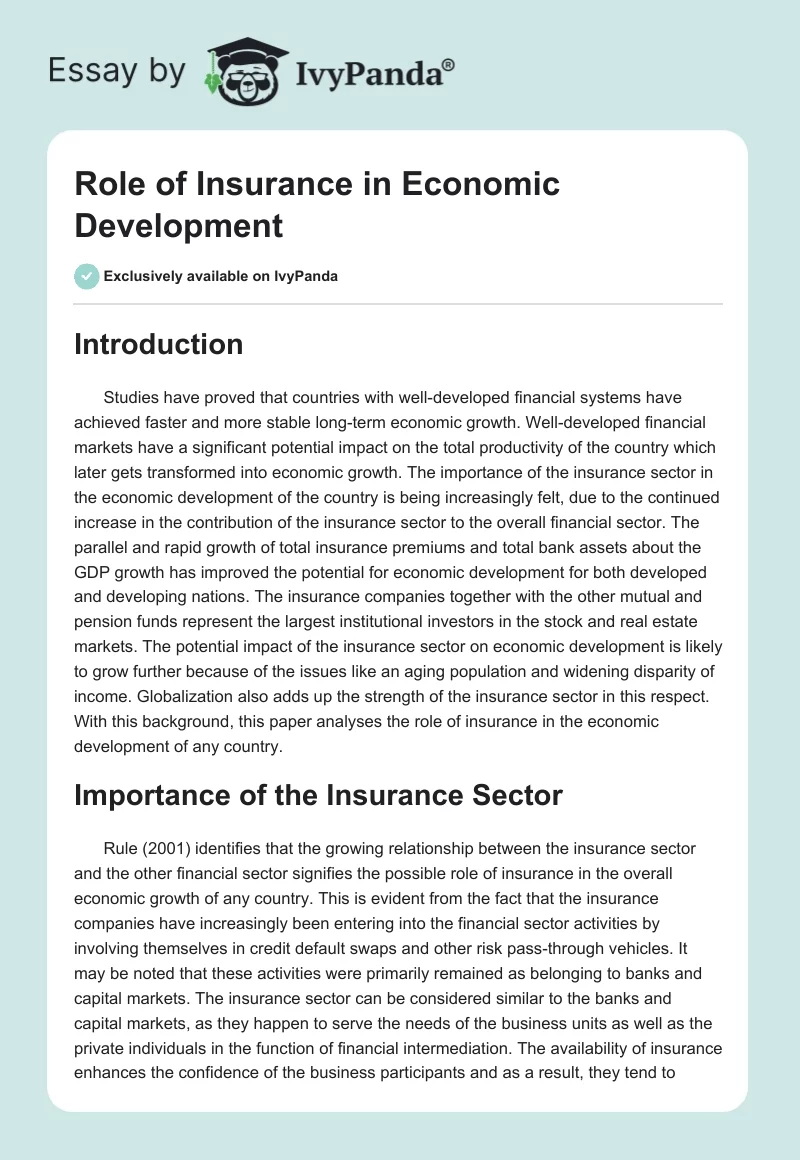Pacific Prime Things To Know Before You Get This
Pacific Prime Things To Know Before You Get This
Blog Article
A Biased View of Pacific Prime
Table of ContentsWhat Does Pacific Prime Mean?The Best Strategy To Use For Pacific PrimePacific Prime Things To Know Before You Get ThisSee This Report on Pacific PrimeLittle Known Facts About Pacific Prime.

This is since the information were accumulated for a period of strong economic performance. Of the approximated 42 million people that were uninsured, all yet regarding 420,000 (concerning 1 percent) were under 65 years of age, the age at which most Americans become qualified for Medicare; 32 million were grownups between ages 18 and 65, around 19 percent of all adults in this age team; and 10 million were children under 18 years of age, about 13.9 percent of all kids (Mills, 2000).
These quotes of the number of individuals without insurance are created from the yearly March Supplement to the Current Population Survey (CPS), performed by the Census Bureau. Unless otherwise kept in mind, nationwide price quotes of people without wellness insurance policy and percentages of the populace with various type of coverage are based on the CPS, one of the most extensively made use of resource of estimates of insurance protection and uninsurance rates.
The Basic Principles Of Pacific Prime

Still, the CPS is particularly valuable due to the fact that it generates yearly quotes fairly swiftly, reporting the previous year's insurance coverage approximates each September, and due to the fact that it is the basis for a consistent collection of estimates for greater than twenty years, enabling evaluation of fads in protection gradually. For these reasons, as well as the extensive use the CPS in various other studies of insurance protection that are offered in this report, we count on CPS price quotes, with limitations kept in mind.

The quote of the number of uninsured individuals expands when a populace's insurance policy condition is tracked for a number of years. Over a three-year period beginning early in 1993, 72 million individuals, 29 percent of the united state population, lacked insurance coverage for a minimum of one month. Within a single year (1994 ), 53 million people experienced at the very least a month without protection (Bennefield, 1998a)
Six out of every ten uninsured adults are themselves utilized. Although working does boost the chance that one and one's member of the family will have insurance policy, it is not an assurance. Also members of families with 2 full time wage earners have virtually a one-in-ten possibility of being uninsured (9.1 percent without insurance rate) (Hoffman and Pohl, 2000).
Not known Facts About Pacific Prime
New immigrants make up a considerable percentage of people without medical insurance. One analysis has actually associated a substantial part of the current development in the size of the U.S. without insurance population to immigrants who got here in the nation between 1994 and 1998 (Camarota and Edwards, 2000). Recent immigrants (those that came to the USA within the previous four years) do have a high rate of being without insurance (46 percent), however they and their youngsters account for just 6 percent of those without insurance country wide (Holahan et al., 2001).
The partnership in between wellness insurance coverage and access to care is well established, as recorded later on in this phase. Although the see it here partnership in between health insurance and health and wellness results is neither direct nor basic, an extensive clinical and health services research literature links health insurance coverage to improved accessibility to care, far better top quality, and boosted individual and populace wellness standing.
Degrees of evaluation for examining the impacts of uninsurance. It concentrates especially on those without any type of health insurance policy for any size of time.
Examine This Report on Pacific Prime
The troubles dealt with by the underinsured are in some areas comparable to those faced by the uninsured, although they are usually much less serious. Health and wellness insurance coverage, however, is neither essential neither enough to obtain accessibility to medical solutions. The independent and direct effect of health insurance coverage on accessibility to health solutions is well established.
Others will obtain the health and wellness treatment they require also without medical insurance, by spending for it out of pocket or seeking it from suppliers that provide treatment cost-free or at extremely subsidized prices. For still others, health and wellness insurance alone does not make certain receipt of treatment as a result of various other nonfinancial barriers, such as an absence of health treatment companies in their community, restricted accessibility to transportation, illiteracy, or etymological and cultural differences.
The Single Strategy To Use For Pacific Prime
Official research about uninsured populaces in the USA dates to the late 1920s and very early 1930s when the Committee on the Cost of Treatment created a collection of records about financing physician workplace visits and hospitalizations. This problem came to be significant as the numbers of medically indigent climbed during the Great Anxiety.
Report this page